“Sneakerheads”: an examination of sneaker culture
December 4, 2019
“Just one more pair,” is the common saying for many people in the sneaker community.
An addict is defined as an enthusiastic devotee of a specified thing or activity. Addiction within the sneaker community is a phenomenom. It’s common for people to get their first pair of sneakers and get reeled in for the long haul.
The underlying name for people who experience the addiction and necessity to acquire shoes is a “Sneakerhead.”
According to Matt Powel from Forbes Magazine, the formal definition of a sneakerhead is “a person who collects and/or admires sneakers as a form of hobby. Sneakerheads like most collectors, are passionate and dedicated to their subject. Many are very knowledgeable about the origin and history of sneakers.”
Footlocker salesman and current Winona State student, Rob Dansby discussed his take on what sneakers mean to him and how he got drawn into the community.
“I remember buying my first couple of pairs, they were the true-blue ones mid and the bugs bunny ones high,” Dansby said.
Dansby said he started collecting back in 2013 with just Jordan Brand shoes, but as the years went on, he started to branch out and collect other brands of basketball shoes due to him hooping in high school.
Dansby currently has 80 pairs of shoes.
With sneaker culture crossing paths with the music industry, sports and movie culture, it is easier than ever for people to get drawn into collecting.
Through wanting to emulate and mimic famous and popular sports athletes, influencers, music and movie stars, sneakers ultimately became something more than just a need.
With shoes being in-demand, certain releases of shoes became hot commodities after their initial release and with limited releases the shoes sold out in minutes. For example, the Travis Scott Jordan 6s came out Oct. 11, 2019 for $250 and sold out instantly.
Within aftermarket sites such as Stock X and Goat, the shoes are going for $600 to $800.
However, a sneaker could flop and in turn, resellers can lose money, so there’s a risk in reselling and trading. If a sneaker is selling for less than retail in the aftermarket soon after release, it could be a sign that the brand released too many into the market and demand for the sneaker went flat.
Resellers and traders take advantage of the market spikes with certain sneakers and use that to build an income.
Ben Strauss, reseller and owner of PTown Kicks, a well-known staple consignment shop in Minneapolis, talked about how he got into the sneaker reselling business.
“I started with Uptown Pawn and a few pairs of shoes, but I started flipping and staying consistent with trying to pick up the newest releases and selling them for what the market is saying they are worth at the time. Kept with it and that built what PTown Kicks is today,” Strauss said.
Strass currently has 89.4 thousand followers on Instagram, many of whom are customers to his store.
According to Dennis Green from the Business Insider, sneaker resale is projected to become a $6 billion business globally by 2025.
Although sneaker resellers make a profit and gain from trading and flipping, the manufactures and clothing brands make no money from third party sales.
However, brands starting to catch onto reselling happening with their goods that companies started raising retail prices of the coveted sneakers and started lowering the amount of said sneaker on their release dates.
Higher prices and lower production counts equals higher demand.
Sneaker collecting and the addiction to get more pairs is unexplained in the sense that there is no combat for this slowing down anytime soon.





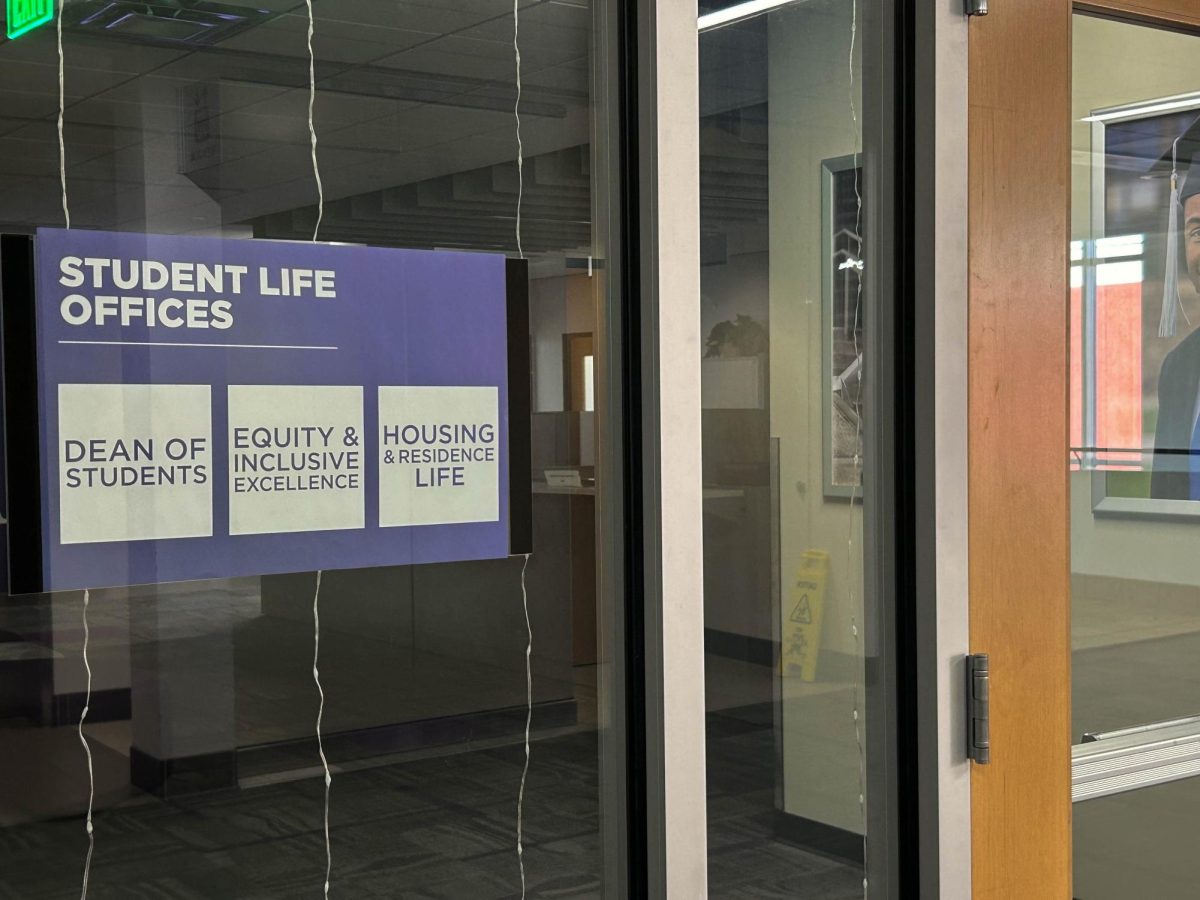




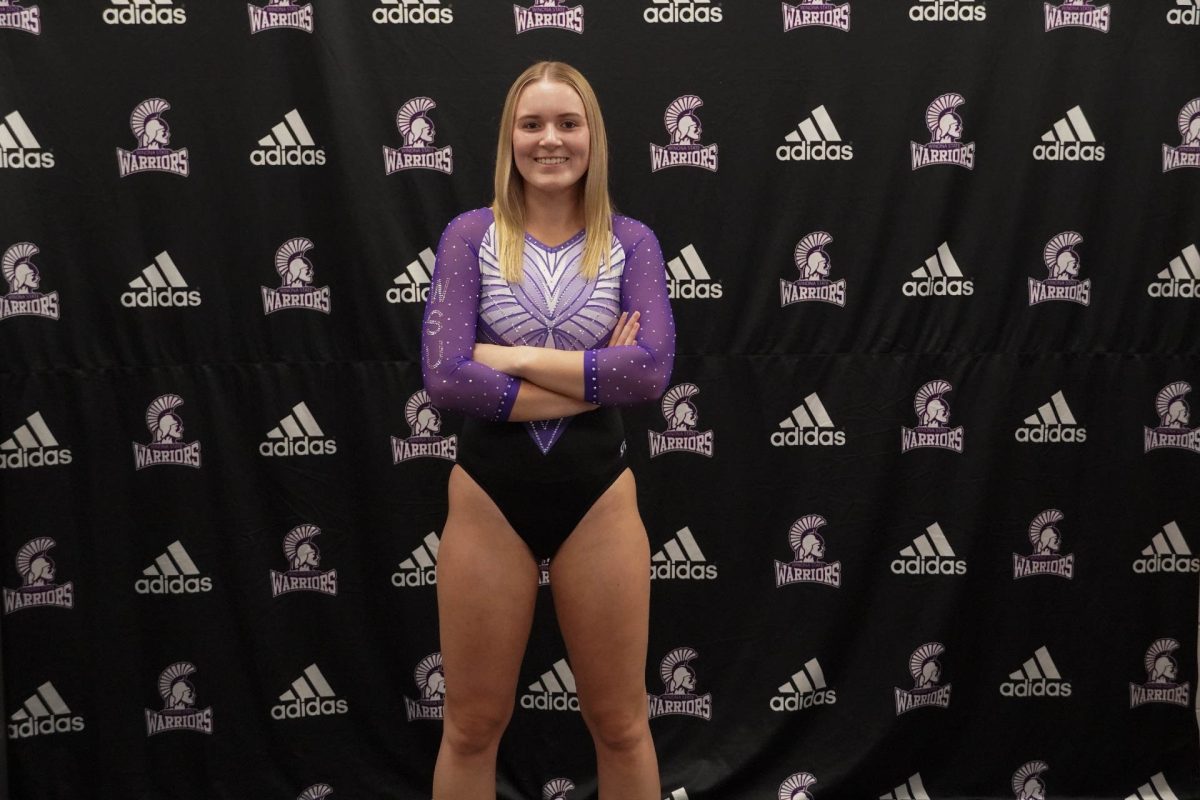




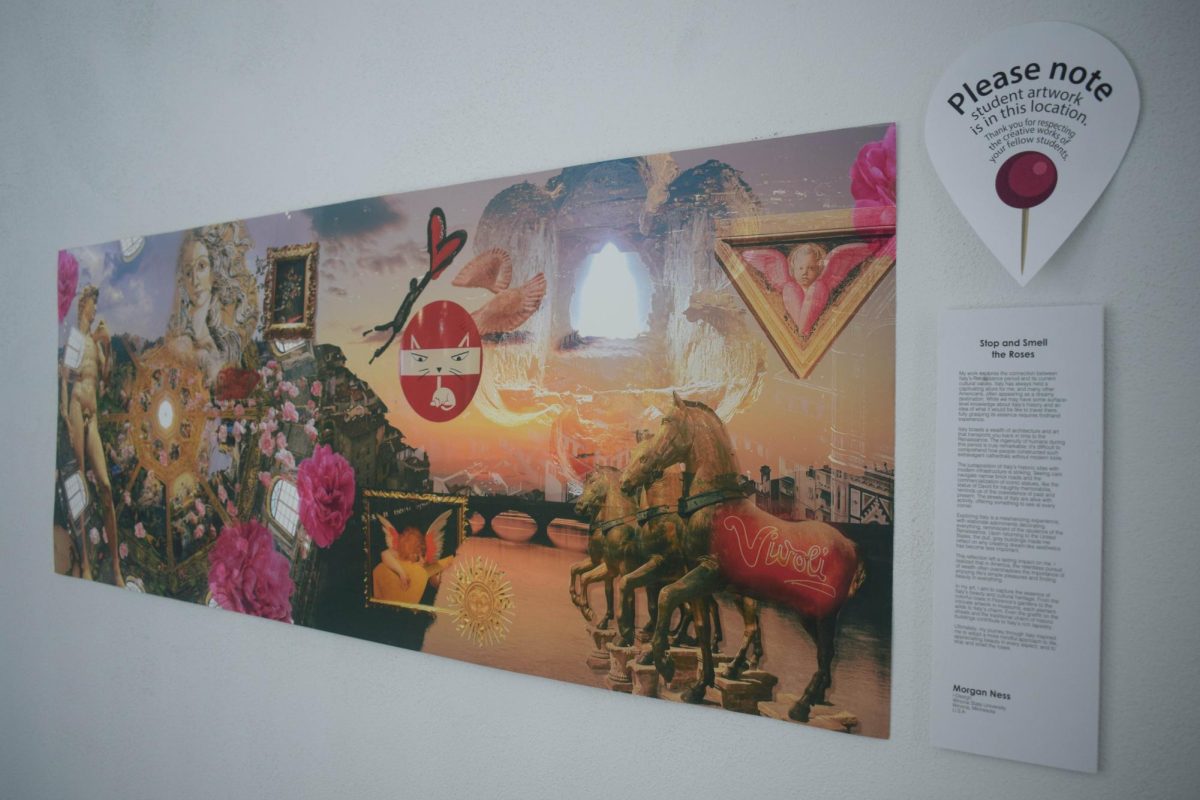
















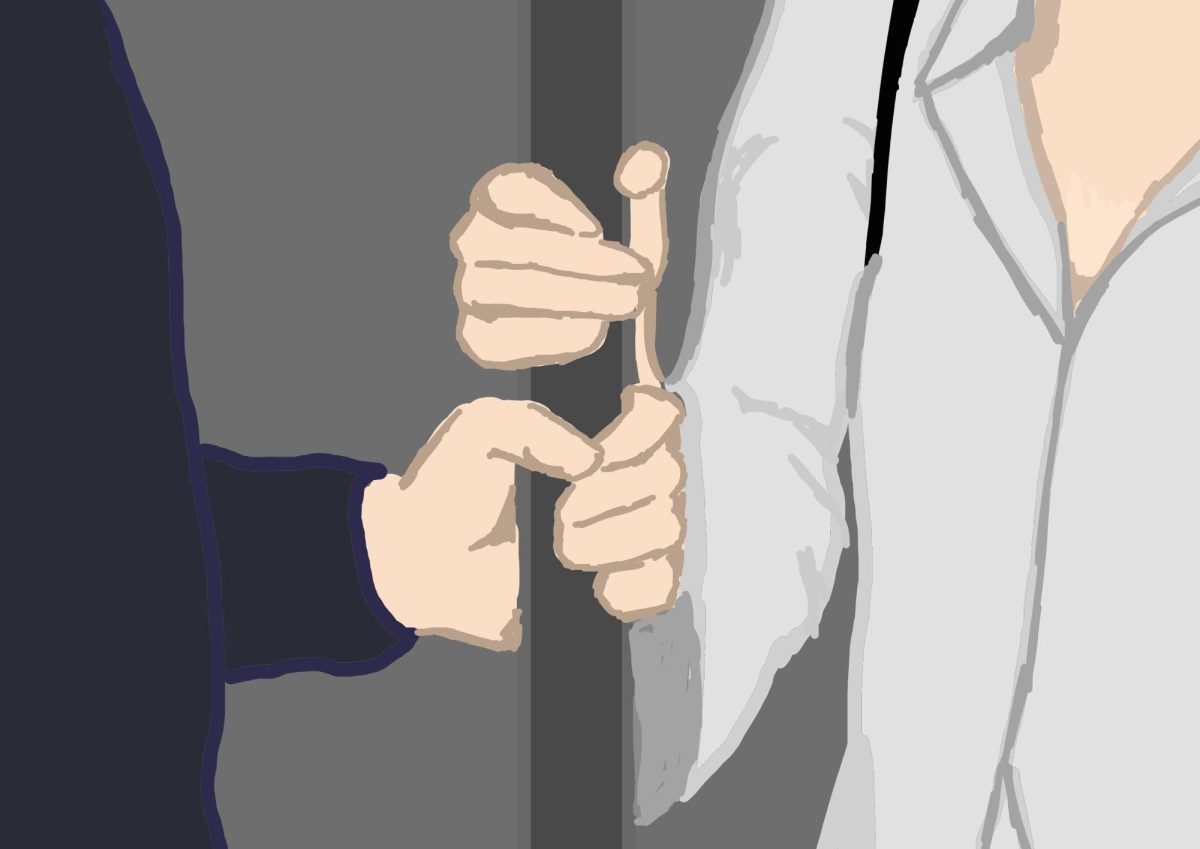






























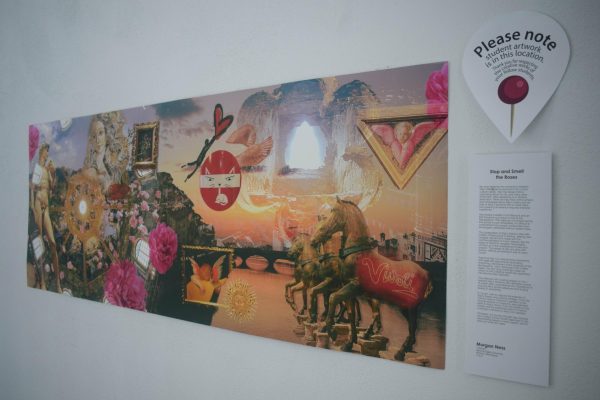



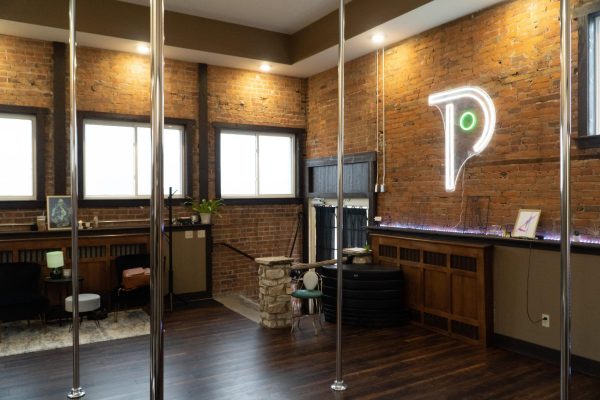

maximus • Jul 19, 2022 at 12:25 am
Here is is Link 32, Link 33, Link 34, Link 35, Link 36, Link 37, Link 38, Link 39, Link 40, Link 41, Link 42, Link 43, Link 44, Link 45 Link 46, Link 47, Link 48, Link 49, Link 50, Link 51, Link 52, Link 53, Link 54, Link 55, Link 56 isn’t it a great one.
josh • May 7, 2020 at 9:14 am
wow yes, just what i need. this is really going to go a long long way for me, thanks for this knowledge you have shared for us.
Jeremiah Agware • Dec 21, 2019 at 9:52 am
This design is wicked! You most certainly know how to keep a reader amused.
Between your wit and your videos, I was almost moved to start
my own blog (well, almost…HaHa!) Excellent job. I really
loved what you had to say, and more than that, how you presented it.
Too cool! Any tips? Thank You!
Hope you Read Wapquick on my Site.
Looking for Free Downloads, check here.